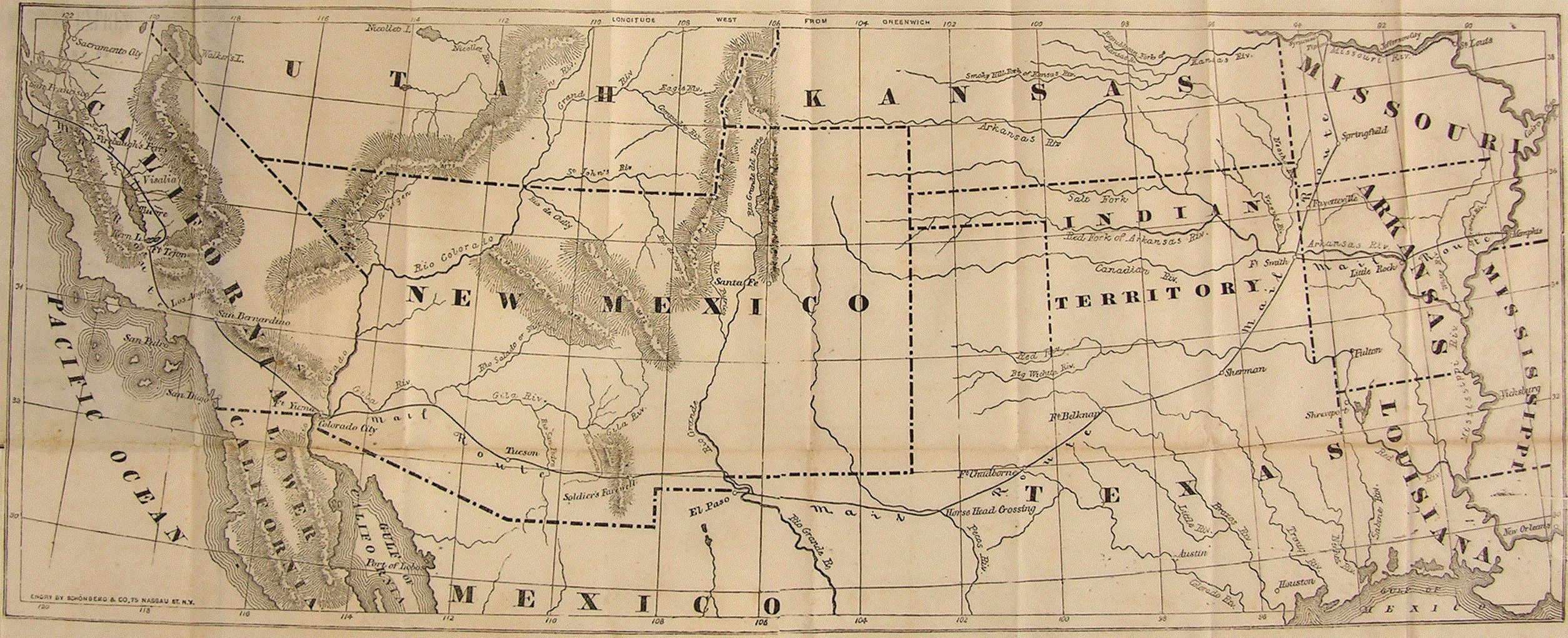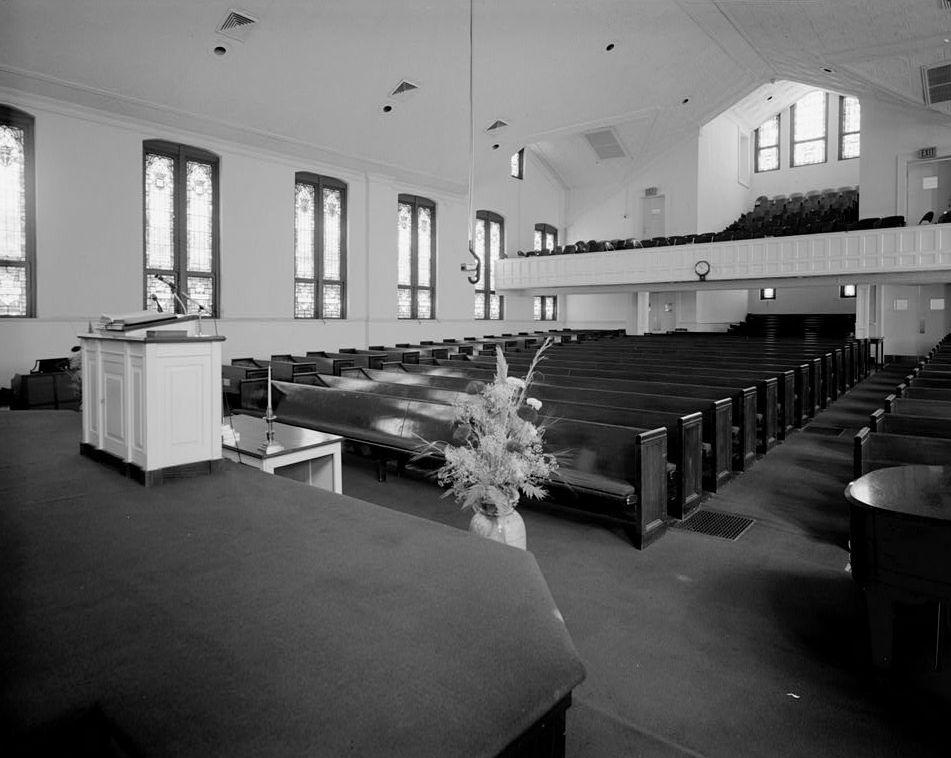Journey Through Americas Postal History: The Butterfield Overland National Historic Trail
Planning a visit? Check out the Butterfield Overland National Historic Trail page for visitor info, directions, and what to do when you get there.

Introduction
There’s a certain magic that comes with retracing history, a sense of connection that binds us to those who trod these paths before our time. The Butterfield Overland National Historic Trail, spanning seven states from Missouri to California, captures this sentiment perfectly. This remarkable route provides an insight into how communication was revolutionized in 19th-century America while offering enchanting vistas across diverse American landscapes.
Historical/Cultural/Geological Background
Named after its initiator - John Butterfield - the trail served as a main pathway for stagecoach mail delivery between St. Louis and San Francisco. Established under contract with the U.S Postal Service in 1858, this overland mail service constituted a significant milestone in America’s postal history - reducing mail delivery time by half.
However, it wasn’t just envelopes and parcels that traveled across these tracks. As the stagecoaches clattered through rugged terrains or serene valleys, they carried stories of courage, determination, and pioneering spirit.
The geological features gracing your journey through this historic trail are equally enthralling. The Missouri vales merge into Arkansas’ sprawling plains which gradually give way to Oklahoma’s sandstone hills. Texas showcases its desert beauty before you’re greeted by New Mexico’s mesas and Arizona’s coastal ranges that finally culminate into California’s golden shores.
Activities Guide
While history seeps from every corner of the trail, your expedition need not be solely about time-travel. The diverse range of states along the trail offers numerous outdoor activities.
Missouri’s rolling greens are perfect for hiking or bird-watching, while Arkansas’ wide plains await your camping equipment. Oklahoma’s sandstone hills are a rock-climber’s paradise, and if you’re game for some off-beaten exploration, Texas’ desert landscapes won’t disappoint. New Mexico provides opportunities to kayak or fish in its stunning water bodies and Arizona is famed for its horseback riding trails. Finally, California’s sandy beaches are perfect for surfing or basking under the sun.
Visitor Information
The Butterfield Overland National Historic Trail is open throughout the year and does not charge an entrance fee. However, specific parks or sites along the trail may have their own rules, hours, and fees. We recommend checking with local park officials beforehand to ensure a hassle-free visit.
Tips for Different Visitors
Families can plan visits around educational programs at various museums located along the route. History buffs would be interested in interpretive centers that offer deep dives into America’s postal past while outdoor enthusiasts can explore countless trails or unique flora and fauna across different states.
Solo travelers should always inform someone about their itinerary given the remoteness of certain sections, while groups should take care not to disturb historical landmarks and respect local flora and fauna.
Regional Context
Conclusion
Embarking on this journey through the Butterfield Overland National Historic Trail will allow you to experience a significant fragment of America’s past framed against the backdrop of its captivating geographical diversity - an encounter both enlightening and enriching!
FAQs
1. Can I do the entire trail in one go? While possible, it is advisable to break down your journey into parts due to the trail’s extensive length and varied terrain.
2. Are there guided tours available on the trail? Yes, certain sections of the trail offer guided tours that provide historical insights.
3. What is the best time to visit the trail?
4. How can I access information about specific segments of the trail? Local park offices and visitor centers provide detailed information about specific segments of the Butterfield Overland National Historic Trail.
5. Is camping allowed along the trail? Yes, many state parks along the route offer camping facilities but always check specific rules and regulations in advance.
Frequently Asked Questions
What are the operating hours and admission fees for Butterfield Overland National Historic Trail?
Butterfield Overland National Historic Trail is typically open year-round, though specific hours may vary by season. Most national parks charge an entrance fee, but some sites are free to visit. Check the official NPS website for current hours and fee information.
How long should I plan for a visit to Butterfield Overland National Historic Trail?
A typical visit to Butterfield Overland National Historic Trail can range from a few hours to a full day, depending on your interests and the activities you choose. Allow extra time for hiking, photography, and exploring visitor centers.
What should I bring when visiting Butterfield Overland National Historic Trail?
Essential items include comfortable walking shoes, water, snacks, sunscreen, and weather-appropriate clothing. Bring a camera to capture the scenic views and consider binoculars for wildlife viewing.
What is the best time to visit Butterfield Overland National Historic Trail?
The best time to visit depends on your preferences and the activities you plan to enjoy. Spring and fall often offer pleasant weather and fewer crowds, while summer provides the longest daylight hours.
Is Butterfield Overland National Historic Trail accessible for visitors with mobility needs?
Many areas of Butterfield Overland National Historic Trail are accessible to visitors with mobility needs, including paved trails and accessible facilities. Contact the park directly for specific accessibility information and current conditions.


